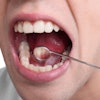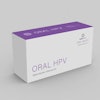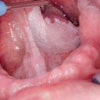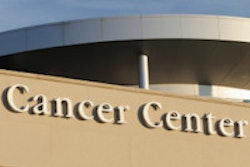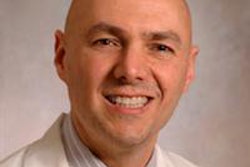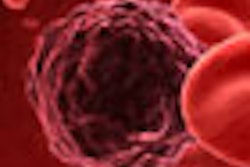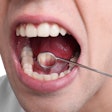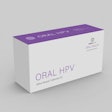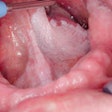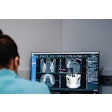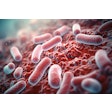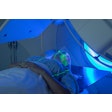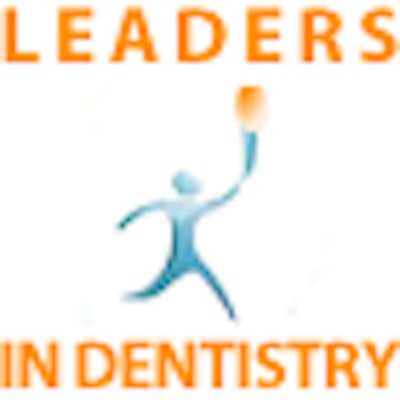
DrBicuspid.com is pleased to present a new feature series, Leaders in Dentistry, a series of interviews with researchers, practitioners, and opinion leaders who are influencing the practice of dentistry.
For the first installment, we spoke with Sol Silverman Jr., DDS, a professor of oral medicine in the University of California, San Francisco (UCSF) School of Dentistry and head of one of the oral medicine clinics at UCSF. In addition to seeing patients in the clinic, his research is focused on the diagnosis and treatment of precancerous lesions, as well as effective anti-inflammatory agents for autoimmune diseases that do not have adverse side effects.
An advocate for the prevention and early detection of oral cancer and an expert in the treatment of oral cancers, Dr. Silverman has helped develop training programs for dentists to better detect oral cancer and education programs on smoking cessation to reduce the risk of oral cancer.
DrBicuspid: What is the greatest challenge we face today regarding oral cancer?
 Sol Silverman, DDS, University of California, San Francisco School of Dentistry. Image courtesy of the University of California, San Francisco.
Sol Silverman, DDS, University of California, San Francisco School of Dentistry. Image courtesy of the University of California, San Francisco.
Dr. Silverman: Professional and public education. The No. 1 thing for professionals is to perform examinations and pursue any deviations from normal signs and/or symptoms and to take part in their patients' lives. If they have a patient who smokes, they should try to get them to stop smoking or tell them not to start. On the other hand, it's public education. You have to let people know there are such things as precancerous and cancerous lesions, and to seek professional examination. In some cases these can be prevented or treated. Certainly there are risk factors: alcohol and smoking. You should certainly eat a balanced diet with fruits and vegetables; all these things count. People can lead a perfect life but some are still going to develop a cancer -- although the risk can be reduced. So both public and professional education are very important things that we can do today.
What do dental practitioners need to know to help ensure early detection of oral cancer?
There are about 36,000 new cases of head and neck cancer diagnosed every year in the U.S., including 22,000 in the oral cavity. The odds of screening programs finding a cancer are pretty low. So we teach the general principle that with every patient the dentist should do an oral examination using the light at chairside and palpating, feeling anything that looks abnormal. If any changes have been there for more than two to three weeks and a diagnosis has not been established, then the dental office should either take another step to establish a diagnosis or refer the patient for further evaluation.
The most important thing we can do now and for the next few years for oral cancer control is early detection. There's no question that, No. 1, early detection and appropriate treatment will increase the five-year survival rate. Some of the basic research that's still years away is to find very specific markers that, when we take a specimen, we can use some type of reaction and determine with a high degree of accuracy that this change is going to become malignant. In that way, not only can we practice prevention to a little higher standard, but we can then also develop targeted therapies that would help in the treatment.
Do you think more dentists are checking for signs of oral cancer in more patients, not just older, white patients who smoke and drink?
Definitely. Early detection should start in people when they're teenagers because we do have an increasing number of patients who are under 40 with no risks of alcohol or smoking who will have precancerous or early cancerous lesions. So we don't like to limit it. What is the greatest number? It's still people beyond middle age who have risk factors such as smoking and drinking, and they're male rather than female. But if you're going to prevent it, a good oral exam takes less than a minute, and if there is some abnormality, then it's worthwhile to either pursue what that abnormality represents or properly refer the patient. There's more emphasis on oral exams now, and more dental offices are doing it.
Should human papillomavirus (HPV) vaccines be recommended for everyone, not just young girls?
It's not evidence-based, but it's obvious that boys who are HPV-negative, if they were vaccinated, probably in the long run it would to some degree reduce the risk of transmission of the virus. When you have these public health issues that have personal priorities, they're expensive and you have to have pretty good evidence that it's going to be helpful. The main head and neck cancers that are HPV-positive are those of the tonsillar fossa, oral pharynx, and base of the tongue. When you think of the oral cavity proper, it's very rare to find a HPV-positive tumor.
Studies have found that African-American men have a higher incidence of oral cancer. What accounts for this?
African-American men have the highest rates and poorest survival of head and neck cancer cases. It's a combination of genetics, access to care, and level of education. The main thing that bothers researchers in head and neck cancer is that across the U.S., in two-thirds of such cancers, by the time those cases are being diagnosed and treated, they are already advanced cancers. So right away it's more treatment, less survival, lowered quality of life, and more expense. So again, the idea of prevention and early detection is so extremely important, plus reaching people through education. Just like in smoking, we have better responses with people with a higher level of education than a lower level of education when you want to talk about tobacco and poor health.
What do you think of segmented oral surgery as a treatment for head and neck cancer?
The ear, nose, and throat surgeons do most of the head and neck surgeries at UCSF, and a lot of them are getting trained for robotic surgery and some have done some robotic surgery. They like it -- it's accurate, it's quick. It might be a little more expensive now because of the time for training and the equipment, but it seems to be a very positive direction.
What do you see as the next big breakthrough in the diagnosis and treatment of oral cancer?
The biggest breakthrough will be when they finally develop accurate molecular cell markers. They're working on that, but it's very, very difficult. Right now the most important thing we can do is oral examinations and prevention or very early detection. When the cancer is in the very beginning stages, it can mimic canker sores, traumatic ulcers, biting your cheek, a variety of things, and thus delay diagnosis.
Right now at UCSF we're trying to see if we can classify precancerous lesions; by recognizing and treating them, we can probably prevent some cancers from occurring. For people with oral ulcerative diseases and inflammatory diseases, if we can find an anti-inflammatory agent that doesn't have adverse side effects, then that will benefit an awful lot of patients. So we're doing studies now on lichen planus, an inflammatory autoimmune disease that affects both the skin and mouth. Prednisone works very well, but there are side effects, including fluid retention and elevated blood sugar, and it withdraws calcium from the bones. So we're working with some herbal medicines such as curcuminoids, which are very good anti-inflammatory, antioxidant agents with very few side effects. Again, prednisone is a very effective anti-inflammatory agent, but it has so many side effects.
